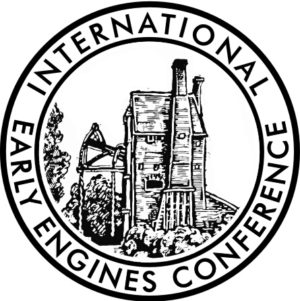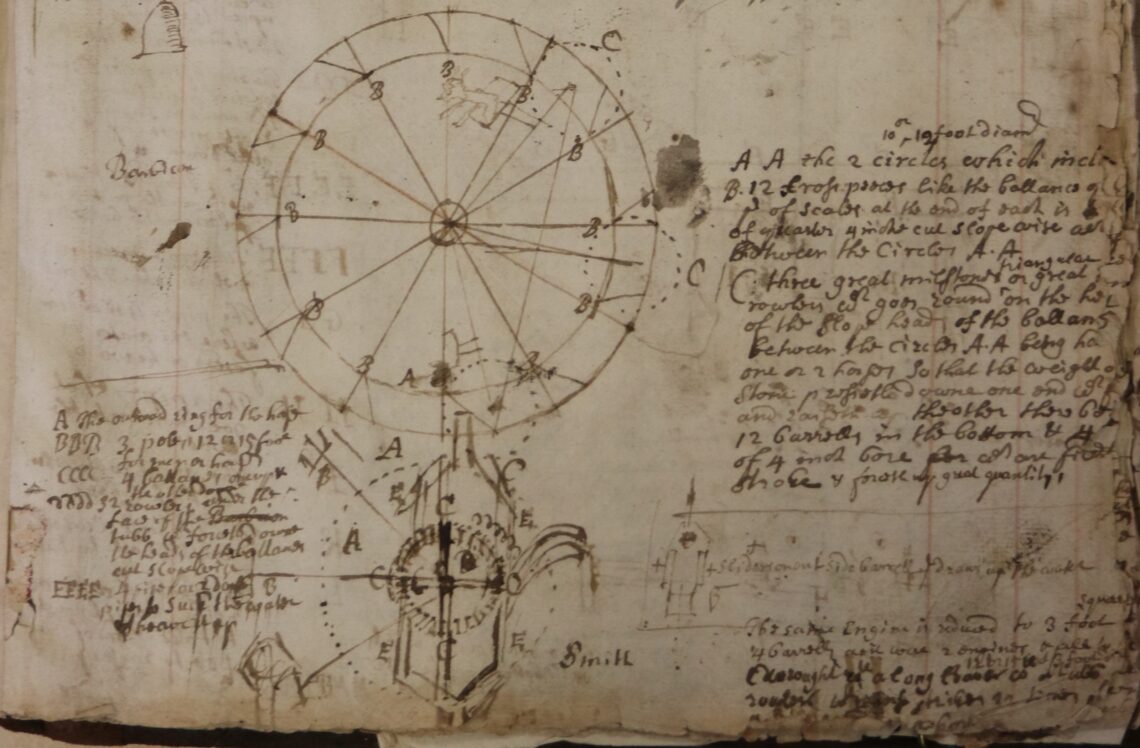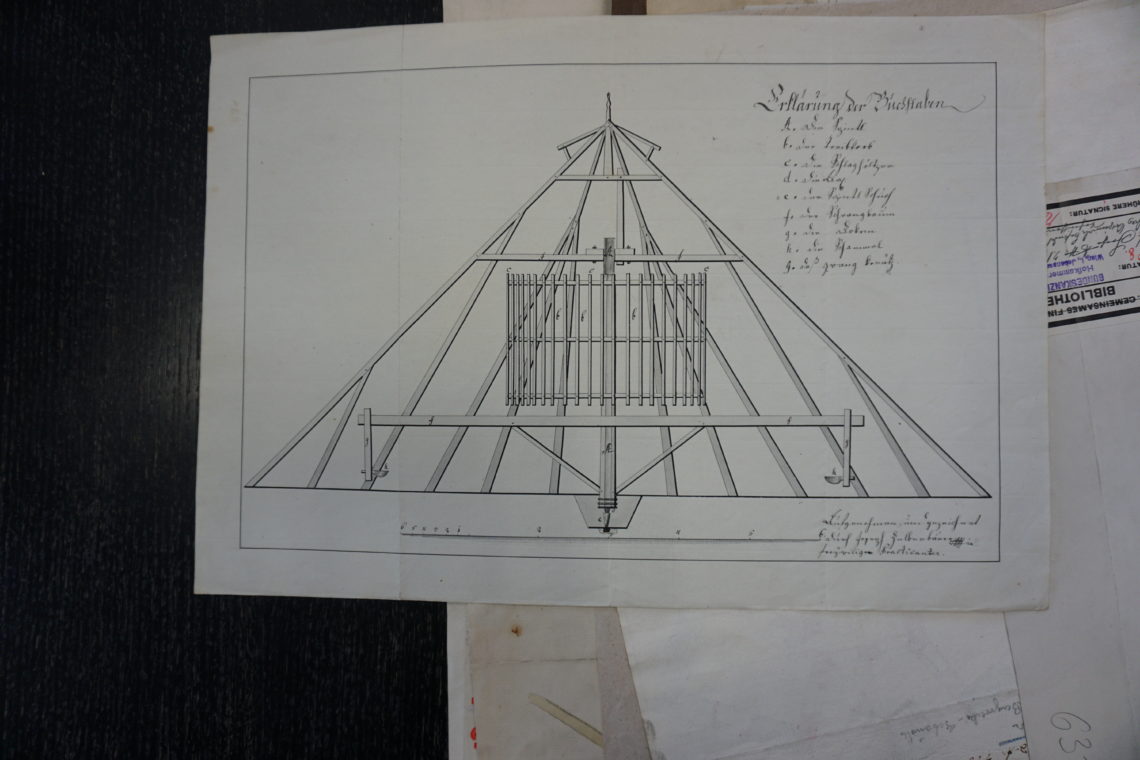Early Engines Research
Current Research into early engines - heat engines, whether atmospheric or steam, primarily those first developed or constructed up to 1812.
-
James Twyford – Mechanical mysteries
At the 3rd International Early Engines Conference at Summerlee in 2024, Steve Grudgings introduced an exciting 17th century archive of drawings containing examples of mechanical devices, including practical applications of water engines and examples of engineering practices from around the UK and parts of Europe. Contained in the fabulous journals of James Twyford (d.1721) described as “the most energetic and enlightened mining adventurer in the Somerset of the later Stuarts” (John Bulley Vol.97 (1952) of Somersetshire Archaeological and Natural History Society) Watch Steve Grudgings’ introduction to the material: The IEEC audience and wider public are invited to interpret and explain the service in what it is hoped will be an…
-
Research Snippets – On Brass cylinders
Dr John Kanefsky writes: In my paper to IEEC2 on the Norris Files, I referred briefly to the paucity of evidence about brass cylinders for Newcomen engines [Kanefsky (2021), Coalbrookdale, Cornwall and Cylinders, pp.6-7 – see also early access version]. However, an advertisement in the Newcastle Courant for 3rd April 1725 sheds a little light. In it, a Mr William Packer of Bristol who has relocated to Newcastle offers to cast, among a wide variety of other items, “all Sorts of Brass-work for Fire-Engines for the Coal Works”. Little is known about Packer. From a brief search on the internet it appears he as active as a bell-founder and supplier…
-
Early Engines in Europe – Slovakia
Steve Grudgings on a unique tour From my interests in Early Engines I had long been aware that the first successful use of an atmospheric engine in Europe was somewhere in Hungary, in the 1720s, and that it was erected by Humphrey Potter. It had been covered in various papers by the Newcomen Society but that was about the extent of my knowledge. All this changed in late 2020 when David Perrett (of Newcomen Society and AIA fame) passed on a contact from a researcher in Germany. The researcher was involved in excavating the site of this engine. I duly got in touch and was delighted to receive emails and…



